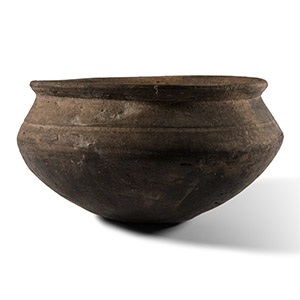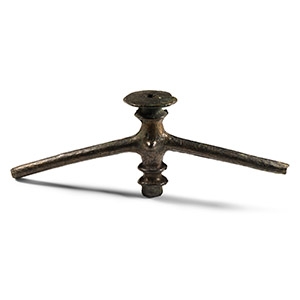Home > Auctions > 5 - 9 March 2024: Ancient Art, Antiquities,
Natural History & Coins
Auction Highlights:
From a collection acquired on the UK art market from various auction houses and collections mostly before 2000.
From an important Cambridgeshire estate; thence by descent.
See Glob, P. V., Danske Oldsager II, Yngre Stenalder, Copenhagen, 1952, no.333, for general form and no.486, for an example with collared butt; also for a group of two similar but larger examples see Christie's New York, 4 June 2015, no.72 (US$10,000-15,000).
From a collection acquired on the UK art market from various auction houses and collections mostly before 2000.
From an important Cambridgeshire estate; thence by descent.
Cf. MacGregor, A., (ed.), Antiquities from Europe and the Near East in the Collection of Lord MacAlpine of West Green, Oxford, 1987, item 4.168, for type.
Found near Alton, Farnham, Surrey, UK.
Acquired since the 1970s.
From the private collection of a Surrey, UK, gentleman.
Cf. Evans, J., The Ancient Bronze Implements, Weapons and Ornaments of Great Britain and Ireland, London, 1881, item 116; Moore, C.N. & Rowlands, M., Bronze Age Metalwork in Salisbury Museum, Salisbury, 1972, item 44; Schmidt, P.K. & Burgess, C.B., The Axes of Scotland and Northern England, Prähistorische Bronzefunde, Ab.IX, vol.7, Munich, 1981, 1267-94.
Ex Alexander Cotton collection, 1970s.
From the private collection of John Lawton, Surrey, UK.
Accompanied by a copy of a previous catalogue information page.
Acquired in the 2000s.
From the private collection of John Lawton, Surrey, UK.
Accompanied by a copy of a previous catalogue information page.
Ex private collection, Walton on Thames, UK, 1970s.
From the private collection of John Lawton, Surrey, UK.
This lot has been checked against the Interpol Database of stolen works of art and is accompanied by search certificate no.12060-214203.
Ex private collection, Walton on Thames, UK, 1970s.
From the private collection of John Lawton, Surrey, UK.
Formerly in a Munich, Germany collection, formed in the 1970s.
From a private UK collection.
From the Horton collection, UK.
From a collection acquired on the UK art market from various auction houses and collections mostly before 2000.
From an important Cambridgeshire estate; thence by descent.
See Ebbesen, K., Danmarks megalitgrave. Vol. 1. København, 2011; Glob, P. V., Helleristninger i Danmark Vol. VII, Jysk Arkæologisk Selskabs Skrifter, Odense,1969; Milstreu, G.& Dodd, J., The cup-mark: the smallest, most frequent, cosmopolitan and most complicated symbol in Adoranten, 2018.
Cup-marks, with or without surrounding rings, are among the most enigmatic signs which can be found widely across ancient European landscapes, most often in association with running water. Circular arrangements are one notable and recurrent feature, while straight lines and parallel rows are less frequently represented. The present stone most closely resembles the kind of feature found at e.g. Østergård, Risehøj, Østermarie on the island of Bornholm in the Baltic Sea (Milstreu & Dodd, 2018, fig.15).
From a collection acquired on the UK art market from various auction houses and collections mostly before 2000.
From an important Cambridgeshire estate; thence by descent.
See Glob, P. V., Helleristninger i Danmark Vol. VII, Jysk Arkæologisk Selskabs Skrifter, Odense, 1969; Milstreu, G.& Dodd, J., The cup-mark: the smallest, most frequent, cosmopolitan and most complicated symbol in Adoranten, 2018.
The fragment plausibly represents one corner of an arrangement such as that at Tanum, Denmark (Milstreu & Dodd, 2018, fig.8) in which a cluster of shallow depressions forms a larger pattern. The depressions may have been used to collect dew or rainwater, visualised as a gift from the gods provided without human intervention, as well as for ceremonial uses.
Found UK.
From a collection acquired on the UK art market from various auction houses and collections mostly before 2000.
From an important Cambridgeshire estate; thence by descent.
Acquired on the Austrian art market, 2000, from Mr N.C.
European private collection.
Cf. Novotná, M., Die Axte und Beile in der Slowakei, München, 1970, pls.23ff, for identical specimens, especially nos.381, 382, 395.
241 - 252 of 2726 LOTS

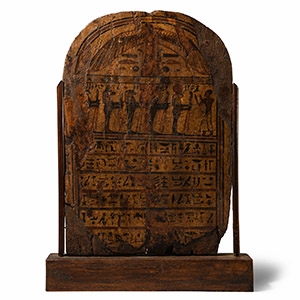
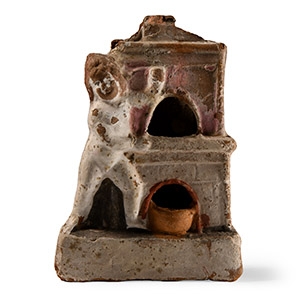

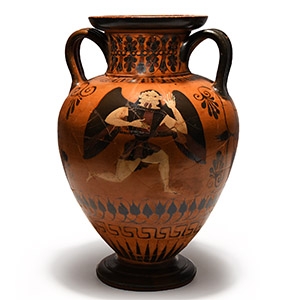
.jpg)
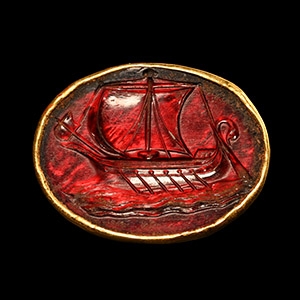
.jpg)

.jpg)

.jpg)
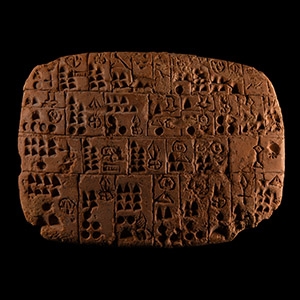

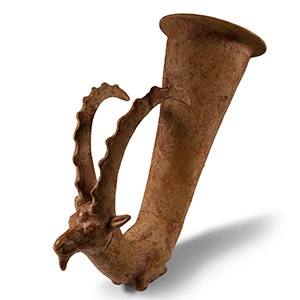
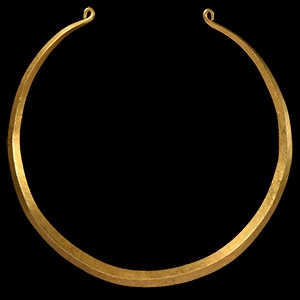
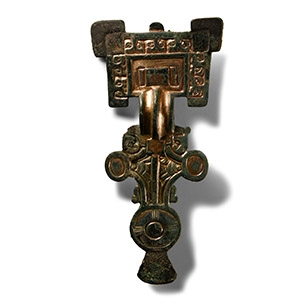
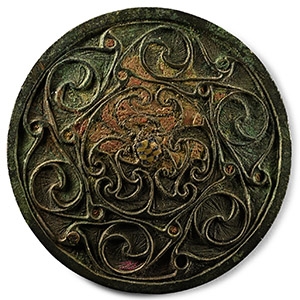

.jpg)
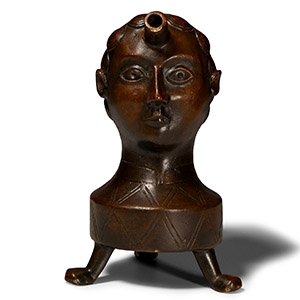
.jpg)

.jpg)
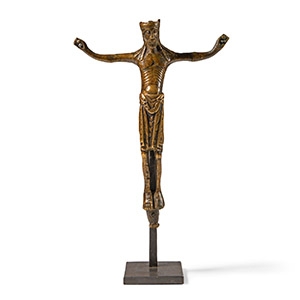
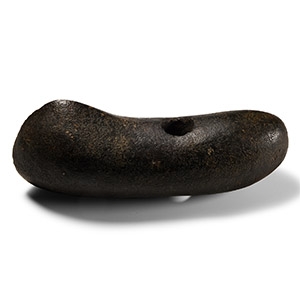

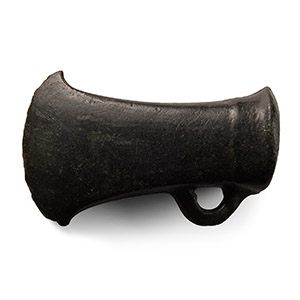
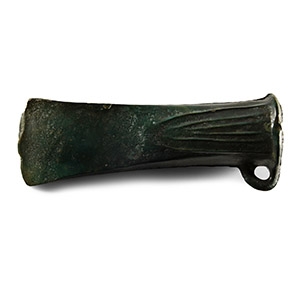
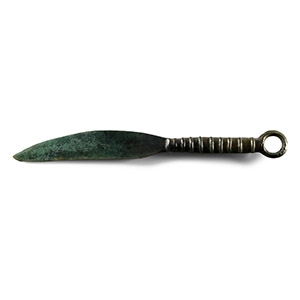
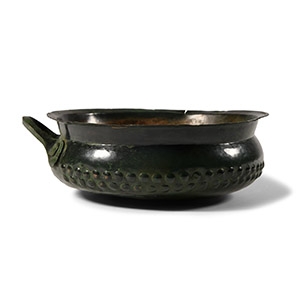
.jpg)
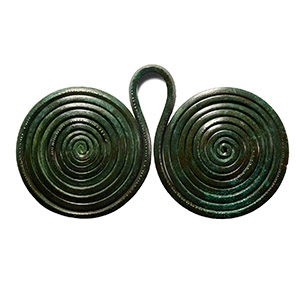
.jpg)
.jpg)
